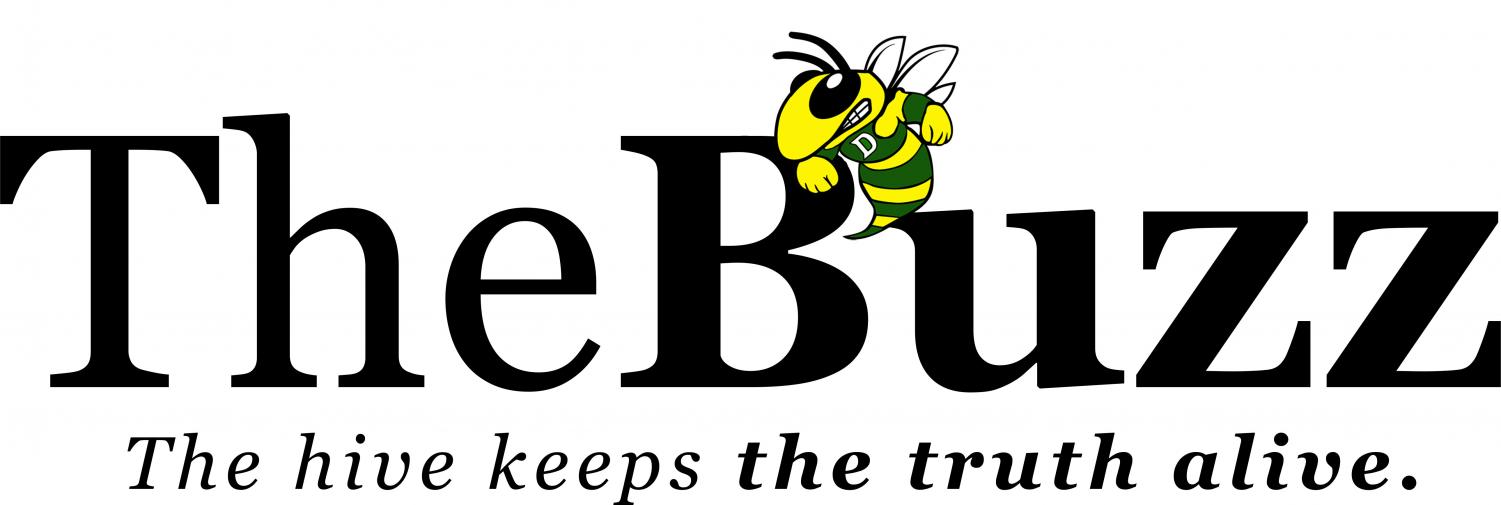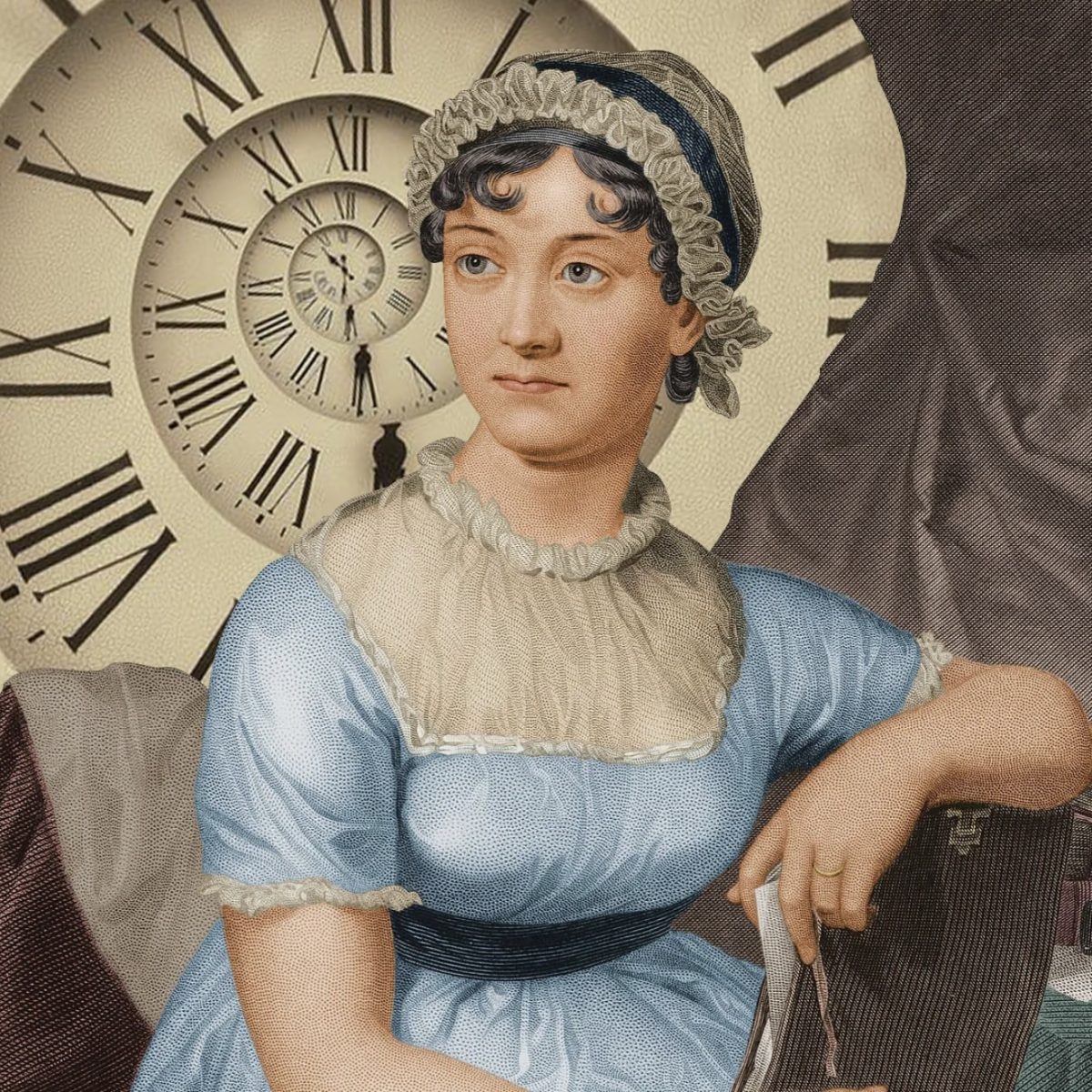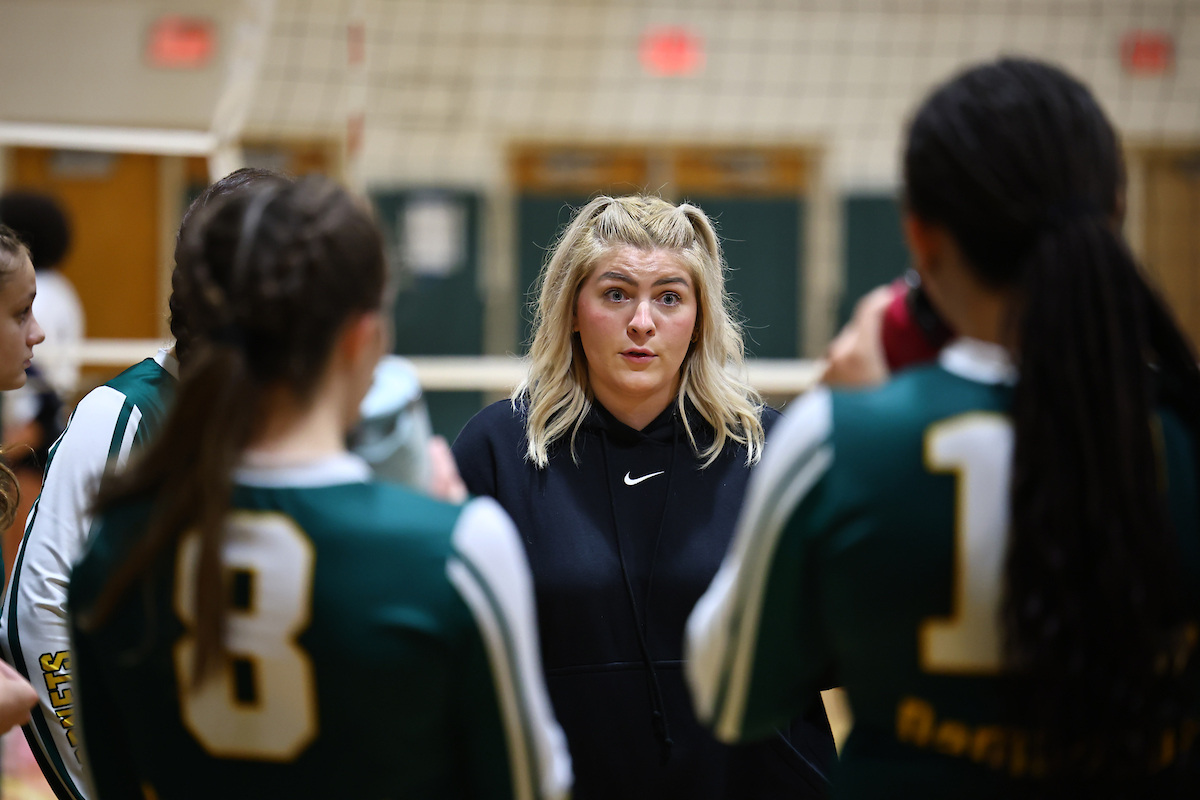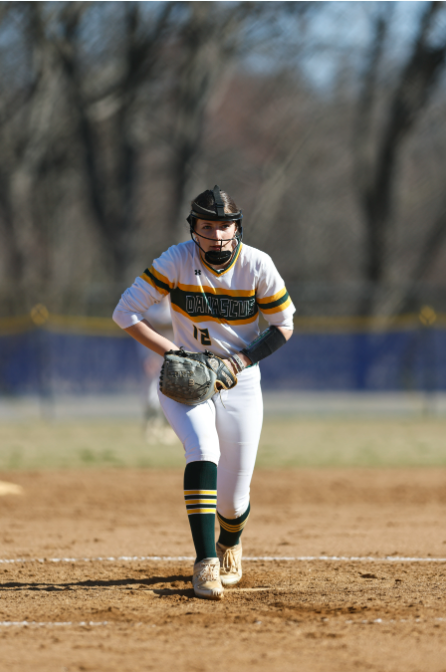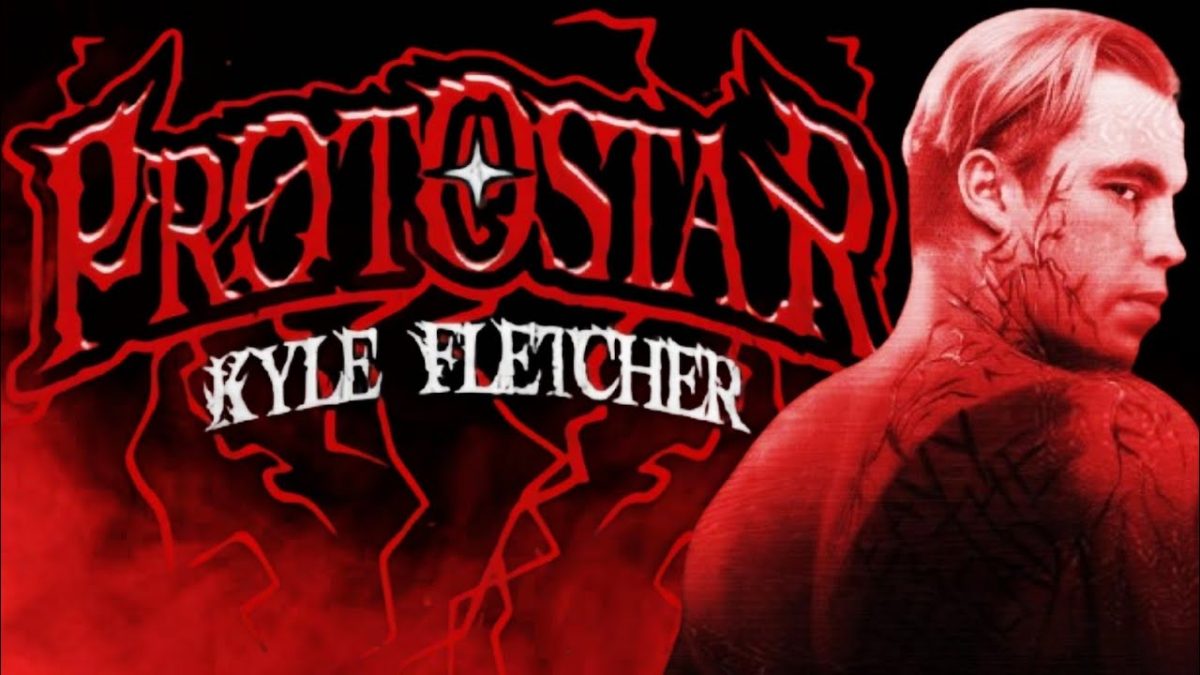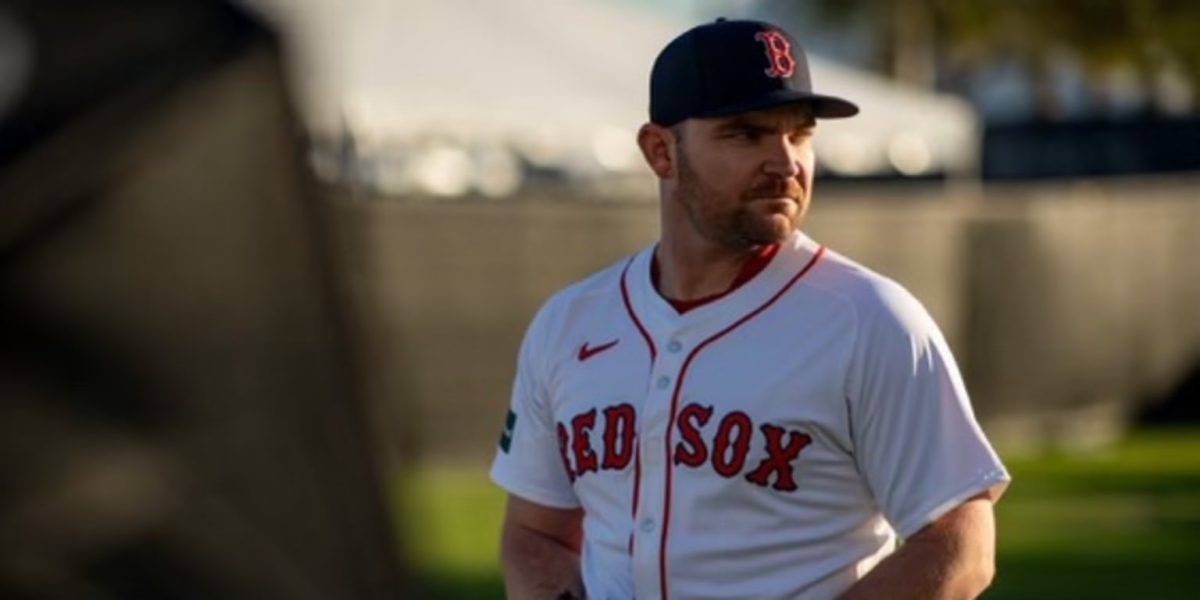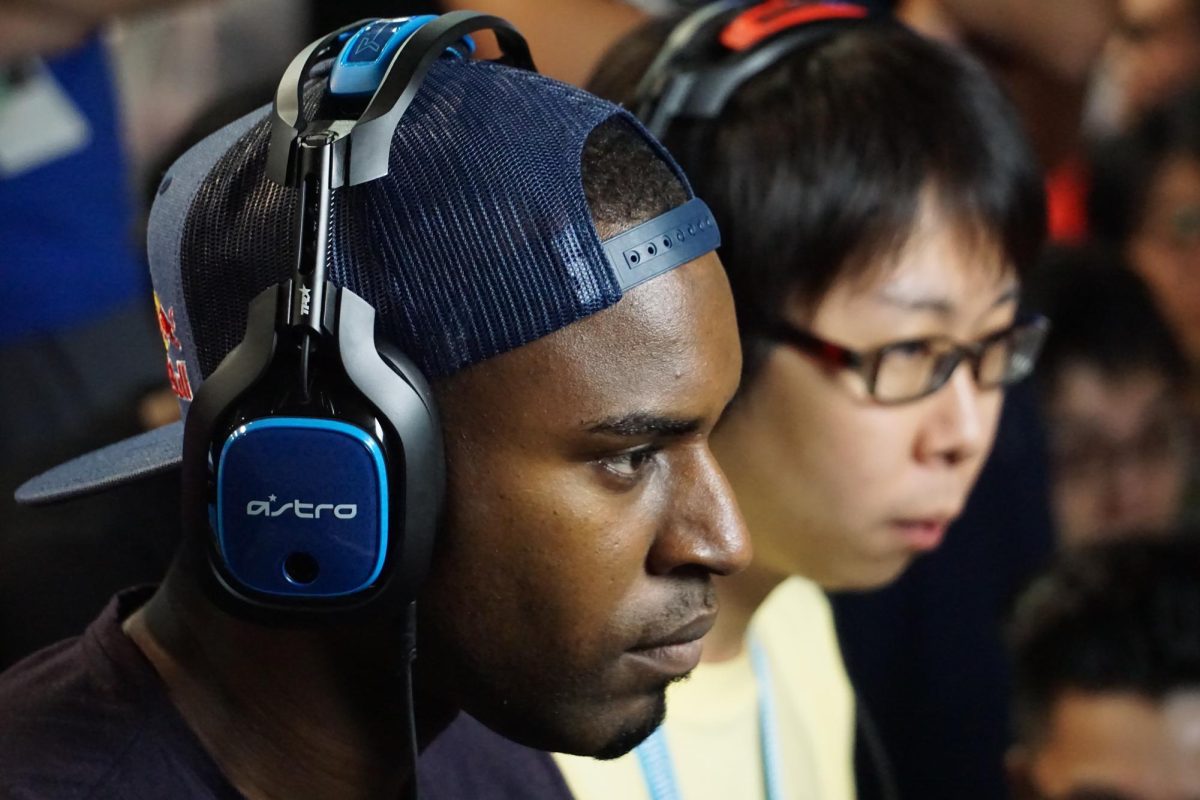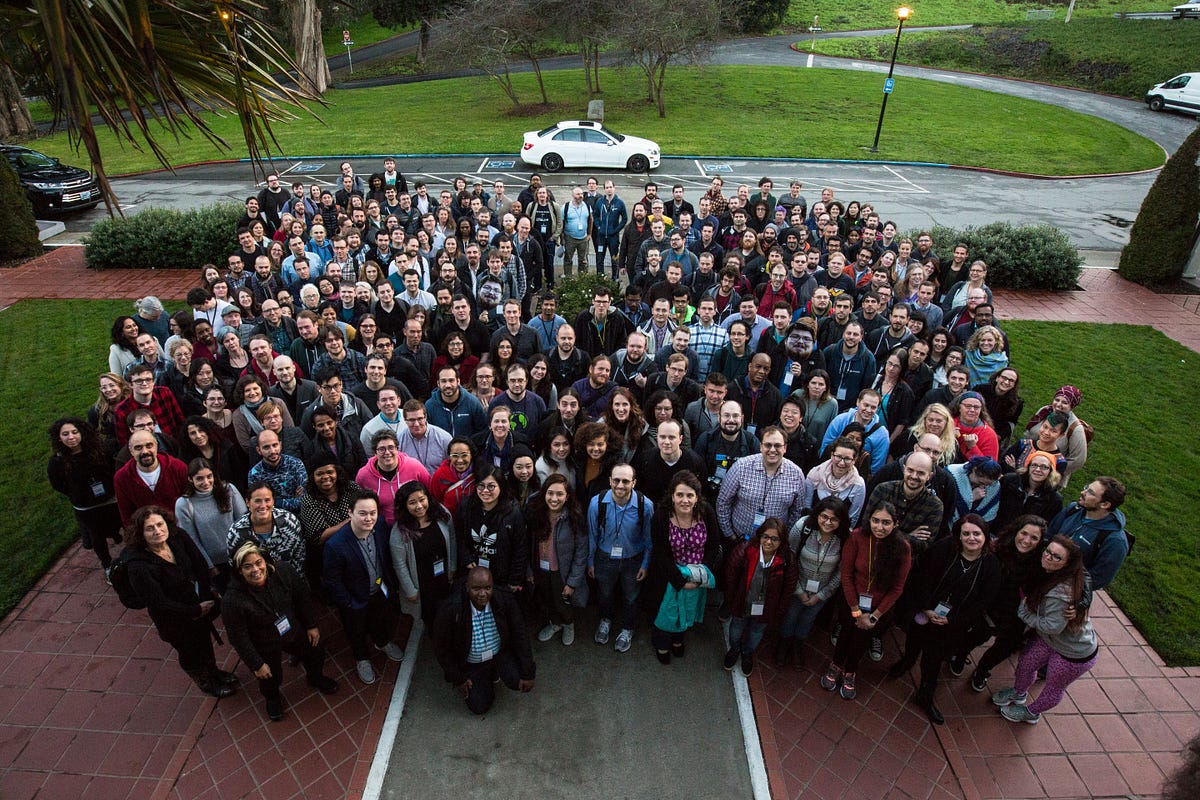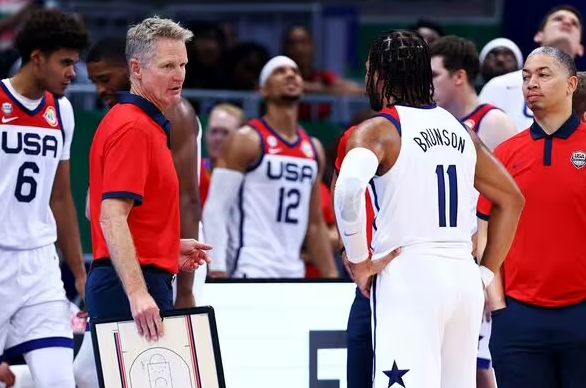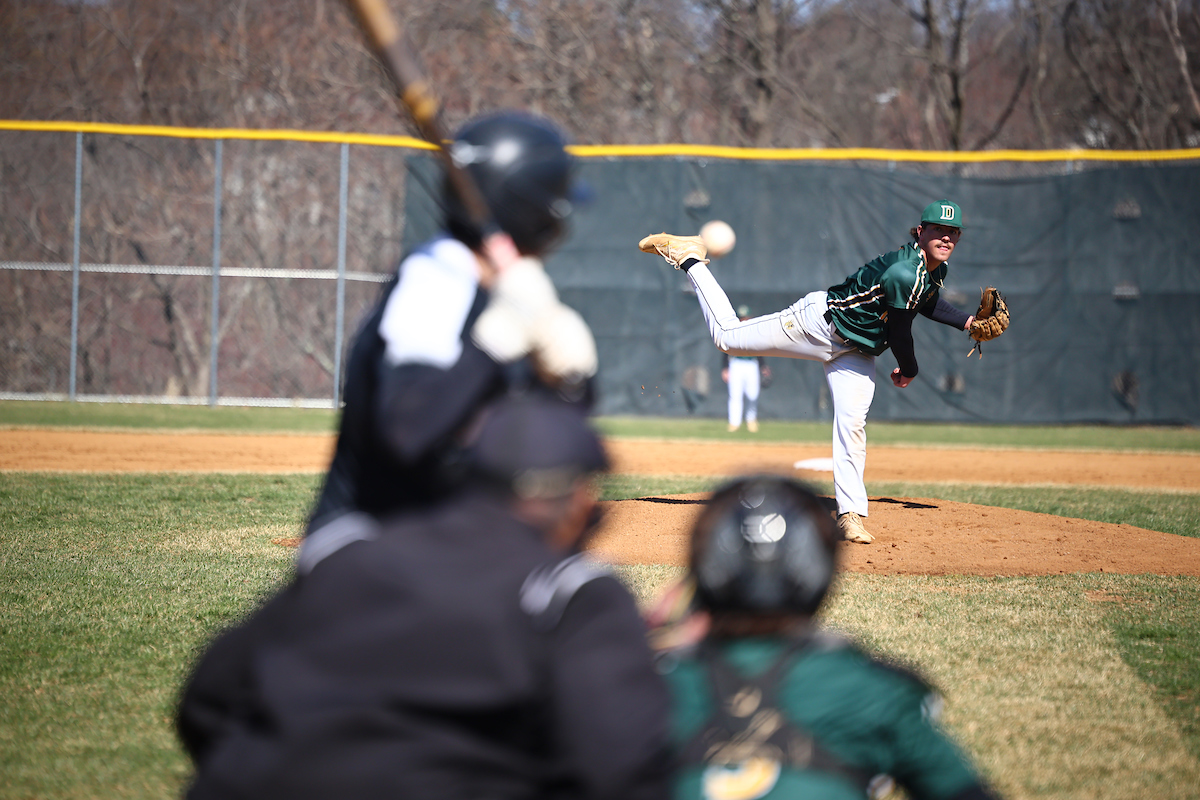When those from other countries think of the United States, what comes to mind? Our senseless and naive idolization of entertainment figures? American Football? Artery-clogging fast-food chains? Yes, to all of those things, but the US has been dominating one thing for nearly 90 years, yet it doesn’t receive the same proportion of attention.
The FIBA Basketball World Cup, a quadrennial tournament that now consists of 32 nations and their respective teams, has occurred 19 times since 1950. Of those 19 tournaments, the US has won five, which ties Yugoslavia for the most of any nation. This tournament takes place between the Summer Olympic years. Of the 20 Summer Olympic Basketball tournaments that have transpired since 1936, the US has participated in 19, and has taken the gold in 16. What’s the point of all of this information? It’s discernible that the US is miles ahead of any other nation in regards to basketball, and given that we’ve won the last three tournaments, it’s not susceptible to change any time soon.
Actually, many would argue that the US doesn’t have many more years as the kings of basketball, and some would even argue that they’ve already lost that title following recent matchups against other nations.
NBA players are spoiled.
Not to rain on any parades, but many NBA highlights take place immediately after a rule violation. The majority of Ja Morant’s acrobatic finishes feature a travel and two carries on his way to the rim. Washington Wizards’ newcomer Jordan Poole is infamous for doing the same, yet he was granted with the 2022 Handle of The Year award. This isn’t news to the NBA or even its players, as Cleveland Cavalier Donovan Mitchell once spoke on the matter. Last May, a fan took to X (previously known as Twitter,) by claiming that “Ja Morant carries the ball on almost every possession.” Donovan Mitchell briefly and honestly corroborated that statement with his reply of,
“We all do it.”
How is it that players can blatantly violate the rules and get away with it in a league with the greatest referees and videographic coverage?
The NBA profits off of it.
This league is a business, league executives are aware that most NBA fans aren’t watching every game live, but the highlights instead. If referees were to call every travel they see, you wouldn’t come across nearly as many viral posterizing dunks and ankle breakers on your feed. Highlight culture is at an all-time high, so “minute” travel calls are being made less frequently for the sake of entertainment, i.e. profit.
Surely some travels are being called though, right? Of course they are, to which the referees are ridiculed for doing so. LeBaby James, Luka Dončić, Joel Embiid, and Donkey-From-Shrek Green are notorious for crying in the ears of referees, sometimes even delaying the course of the game just to get their point across. They do this without any repercussions, unless you consider the occasional fine that accounts for less than one percent of their salary that season a “repercussion”, so why would they stop complaining?
Let’s pause the NBA talk, how does this correlate with international competition? None of the aforementioned nonsense flies in Europe or Asia. What do Turkish officials stand to gain from letting a team of Americans travel up & down their court? Refs in other countries call it how they see it, you could argue they play a more genuine brand of basketball that American players are no longer accustomed to.
Continental Differences.
The tenth episode of The Old Man and the Three, a podcast hosted by producer Tommy Alter and former NBA sniper JJ Redick, featured previously mentioned Slovenian superstar Luka Dončić.
“Basketball in EuroLeague [is] more team basketball, it’s more [tactical,] NBA is tougher to play because you have many players that are basically impossible to guard.”
Dončić proceeds to contribute that last claim to NBA rules that favor offensive players and permit even more of a challenge for defenders. A specific rule that Dončić references is the three-seconds-in-the-key rule. In 2001, the NBA finally allowed teams to conduct a zone defense, however, it’s widely known that a player cannot stand in the paint for three or more seconds. This prevents seven-footers from clogging the paint up and providing constant rim protection.
This ceases to exist in the FIBA and EuroLeague. This prominent difference in protocol alongside the already more physical nature of European basketball gives even the brightest of NBA stars hell. 260-pound goliaths are given the green light to protect the paint at all times, with a five-foul cap being their only limit.
If you’ve been in close proximity to any older basketball fans the last few years, you’ve definitely heard all about how players these days are weak-minded string beans who resort to jacking shots up because they don’t have the patience and coherence to run actual offensive sets. Although this is an inept take that stems from people refusing to believe that another generation can be better than theirs, it has some truth. NBA players take a lot of shots. How many? 88.2 per game, which equates to one shot every 33 seconds. In the 2022-23 season, the average NBA game contained 48 minutes and 22 seconds of play time, while FIBA games only contained 40 minutes and 13 seconds due to them having shorter quarters. However, even after adjusting FIBA stats to the length of NBA games, it was determined that FIBA players only shoot 73.1 shots in a game, which equates to one shot every 45 seconds.
Dončić’s claim that EuroLeague basketball is more “tactical,” is corroborated by this data.
EuroLeague players utilize more of the shot clock to run plays. More players are involved on offense in EuroLeague basketball, which results in better chemistry among the players and smarter shots to be taken. NBA teams, however, have adopted more of a “give the ball to your best player and get out of the way,” mindset, resulting in teams prioritizing chemistry and team play less and less. This specifically shows in players’ individual stats.
We found the average points per game of the EuroLeague’s top ten scorers last season and adjusted those numbers to the average length of an NBA game, we then compared those to the equvalent NBA stats.
It was found that the EuroLeague scoring leaders averaged 19.7 of their teams’ 96.9 points per game. This means that the star players of the teams accounted for roughly 20% of their teams’ points. After adjusting the scoring leaders of the NBA’s stats, it was concluded that the top scorers averaged 25.5 of their teams’ 95.5 points per game, meaning the stars averaged nearly 27% of their teams’ points. This is another example of NBA teams relying more on star power than team play. It’s also noteworthy that more successful teams are ones that are celebrated for their emphasis on team play like the Nuggets, Kings, Warriors, and Heat.
